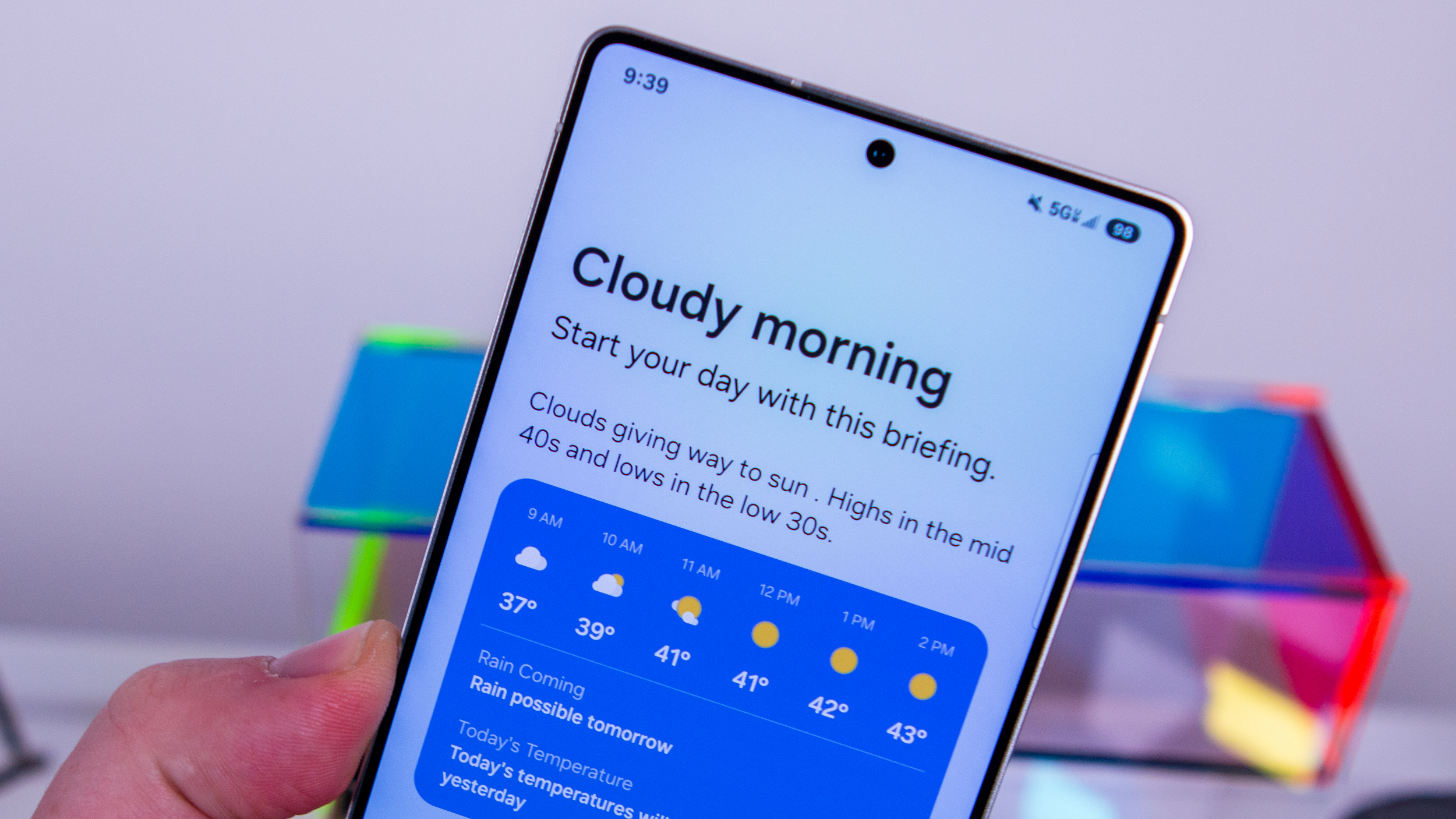Stanford is touting a new type of flexible battery for smart wearables

What you need to know
- Stanford researchers have developed a new type of battery for wearable devices.
- The use of a new polymer makes the battery flexible.
- The lack of a liquid electrolyte means they're also safer and less likely to combust.
The wizards at Stanford have debuted a new magical device that stores the power of the gods within a piece of chewing gum, reports the Hogwarts Daily.
I'm just kidding. They did, however, make a flexible battery that looks exactly like a piece of chewing gum. Take a look at the newfangled power hoarder in action below:
It uses a new type of plastic as its electrolyte, which allows it to be as flexible as it is. The Stanford Engineering Magazine reports that the battery maintained its power output even when "squeezed, folded and stretched to nearly twice its original length," making it not only ideal for situations where an electronic device may be subjected to tension but also safer, as it's less likely to 'break'.
The use of this new type of polymer instead of the more liquid-like electrolytes found in batteries currently makes the whole thing less flammable as well. With no flowing components, it's hard for the battery to spring a leak, no?
The Stanford researchers who developed the technology — David Mackanic, Zhenan Bao, and Yi Cui — believe the burgeoning field of smart wearables and clothing is the perfect application for their new battery: "Until now we haven't had a power source that could stretch and bend the way our bodies do, so that we can design electronics that people can comfortably wear."
Another possible use case would be to power heart rate monitors and other medical sensors that could exhibit more flexible designs better suited for the curves and contours of our bodies.
There's still work to be done, however. The current prototype is only thumbnail-sized and has half the energy density as a conventional battery — that is, it can only store half as much power as a conventional battery of the same size and weight. The next milestone for the developers of this flexible battery is to both increase its energy density and create larger variants in order to improve overall battery life.
Be an expert in 5 minutes
Get the latest news from Android Central, your trusted companion in the world of Android
In a statement to TechRepublic, Mackanic said it could take anywhere from 12 to 18 months before the researchers are able to provide manufacturers a finished product that is both certified to be safe and capable of being produced at scale.

